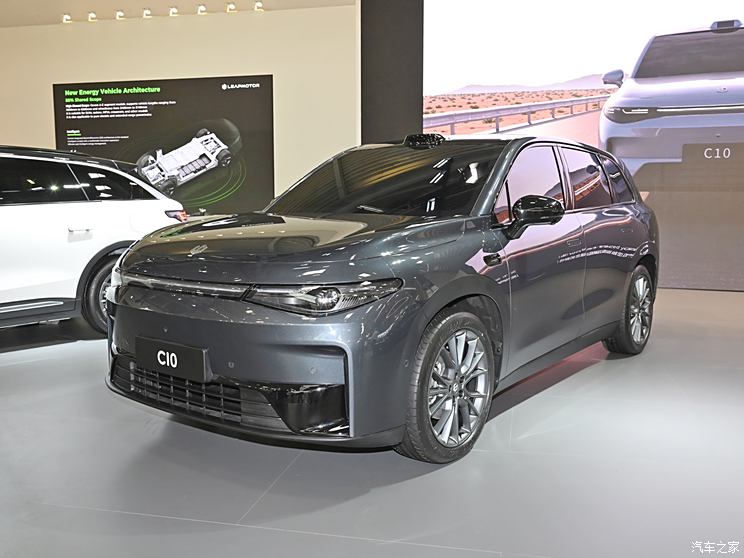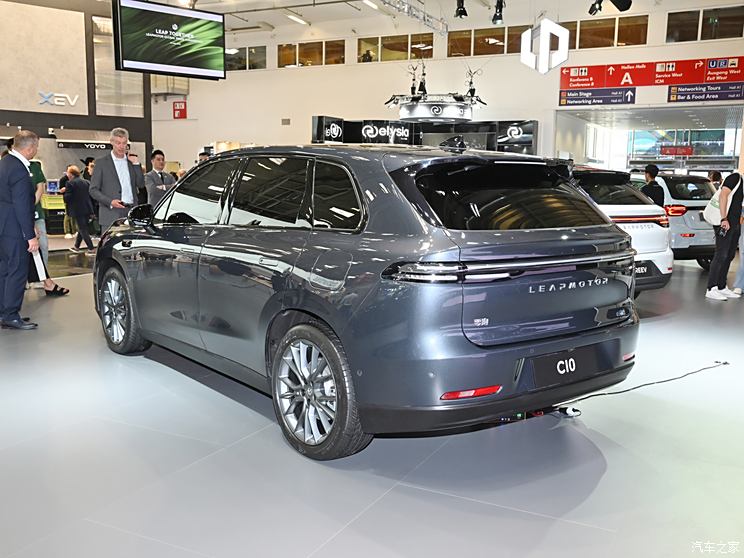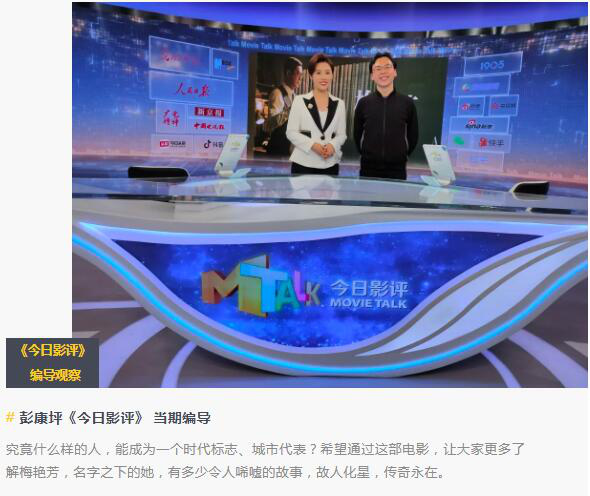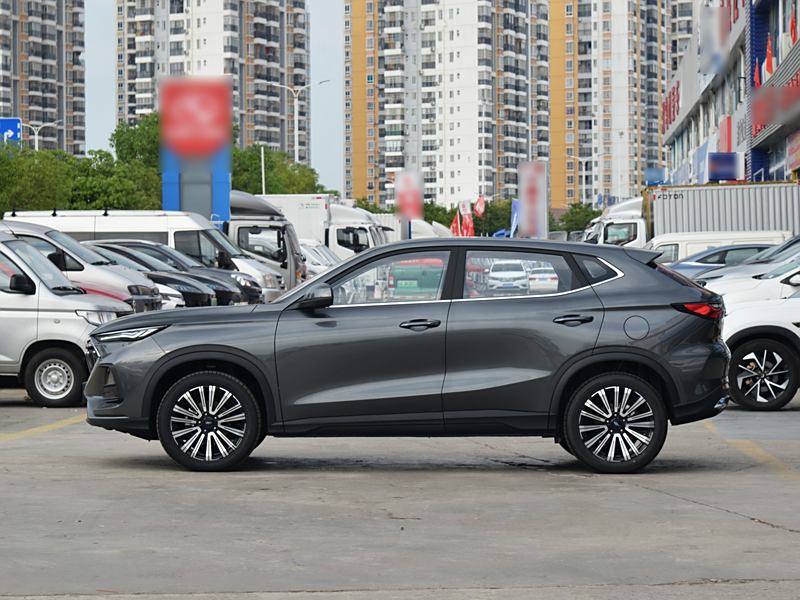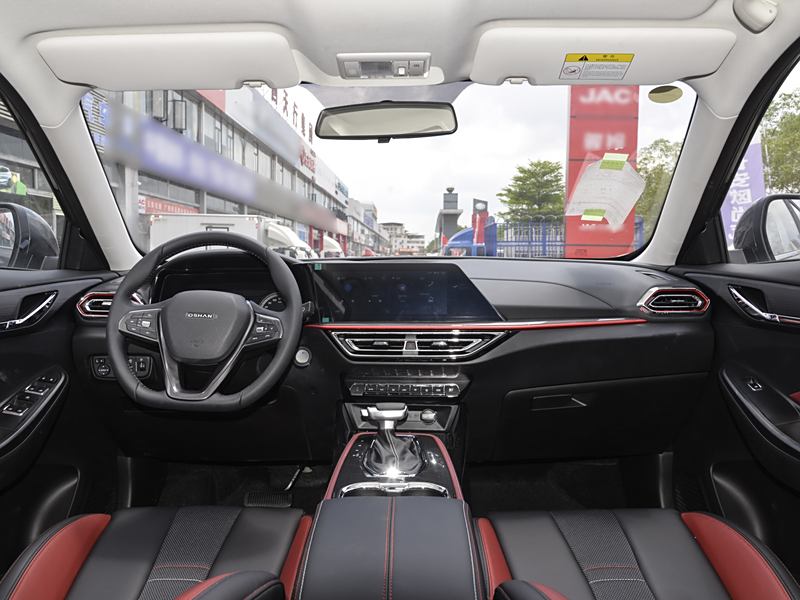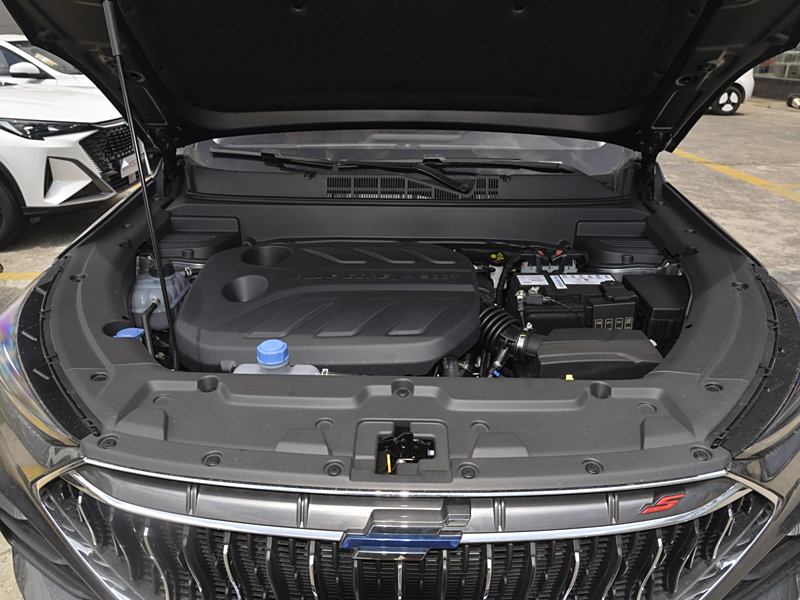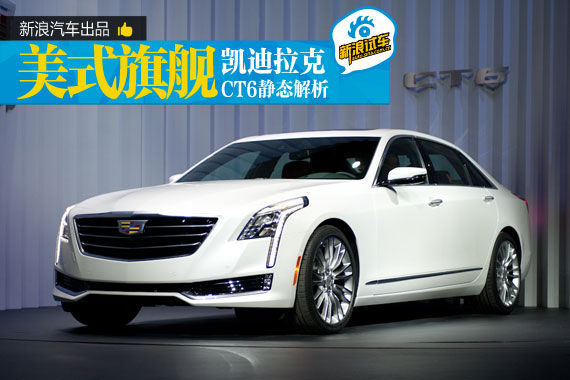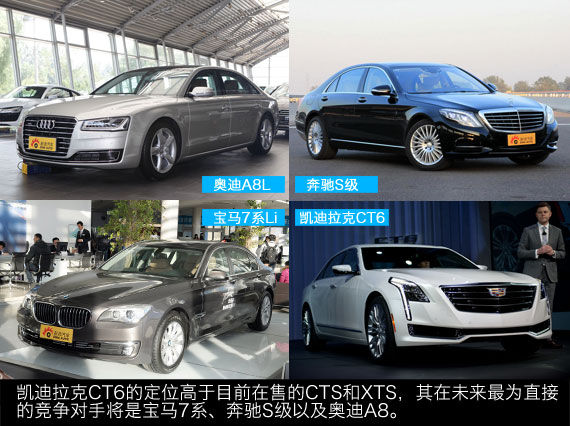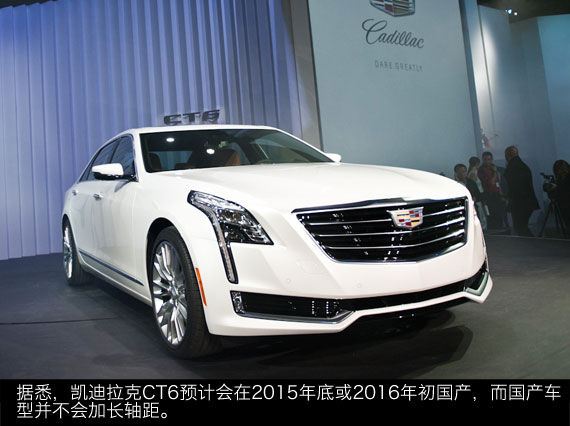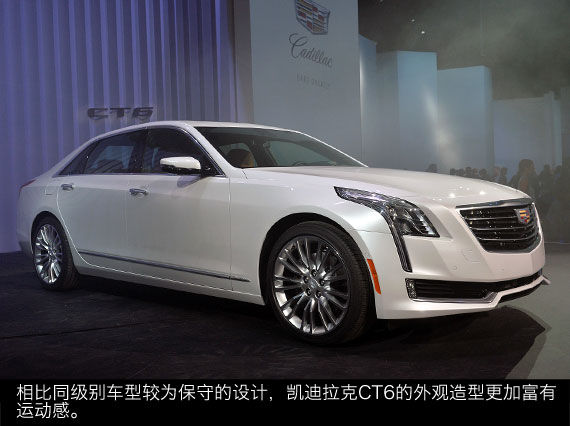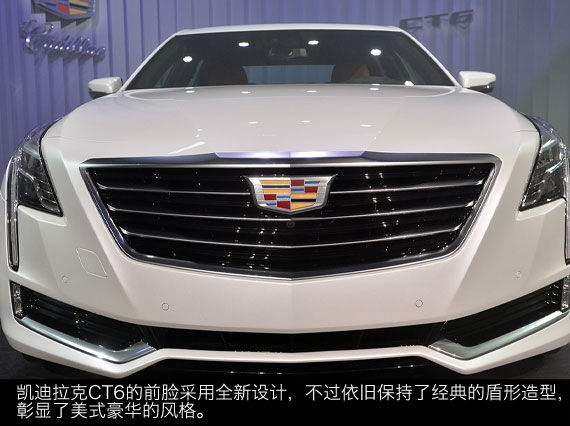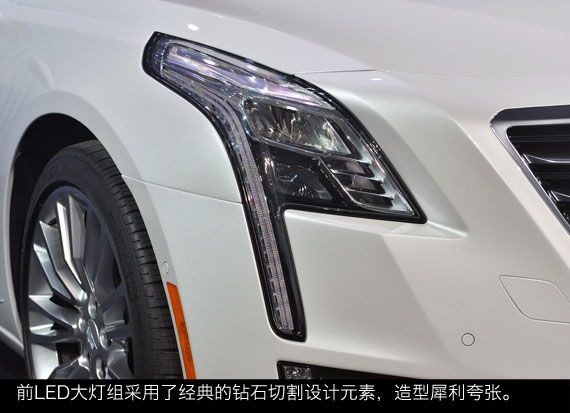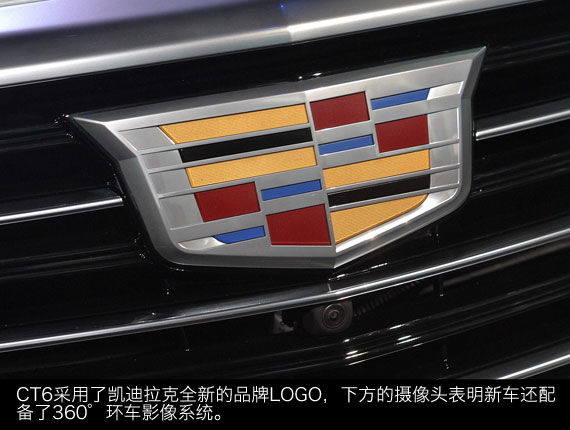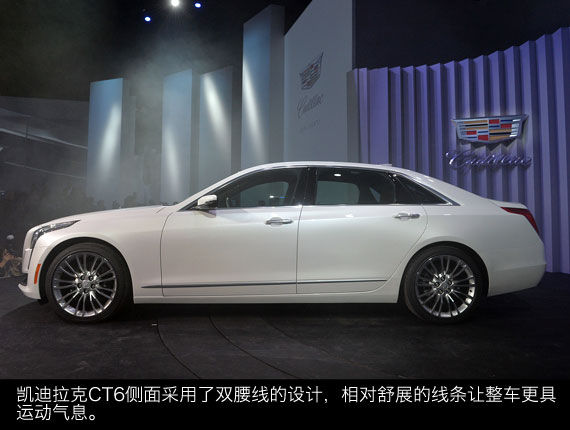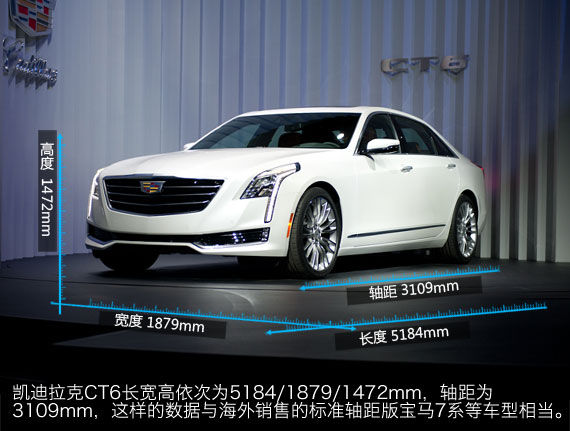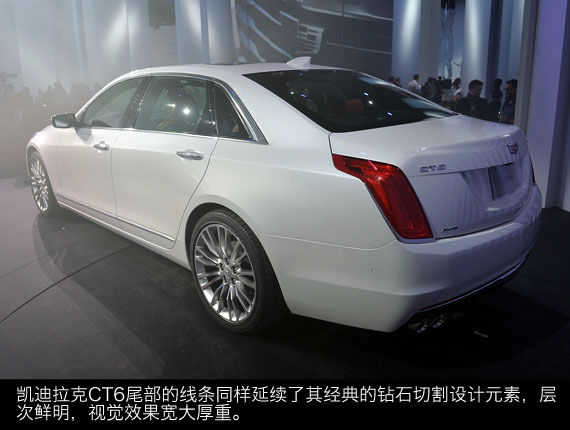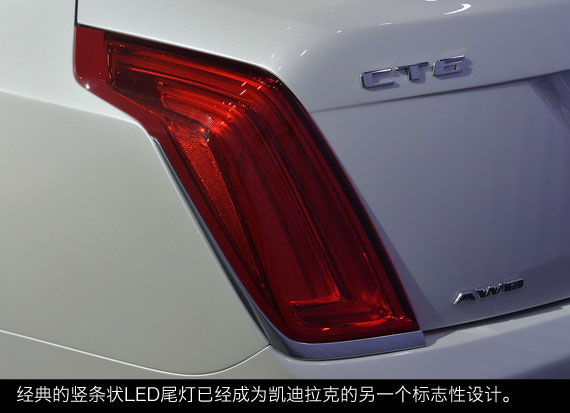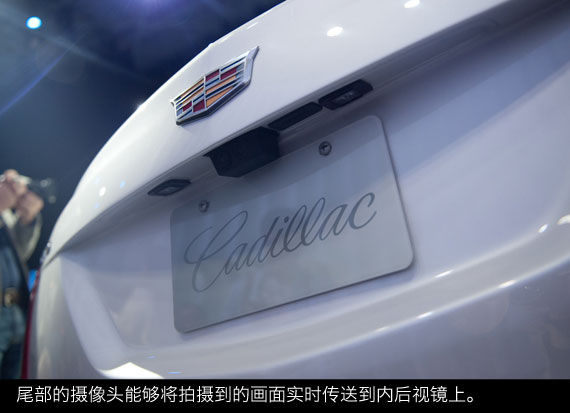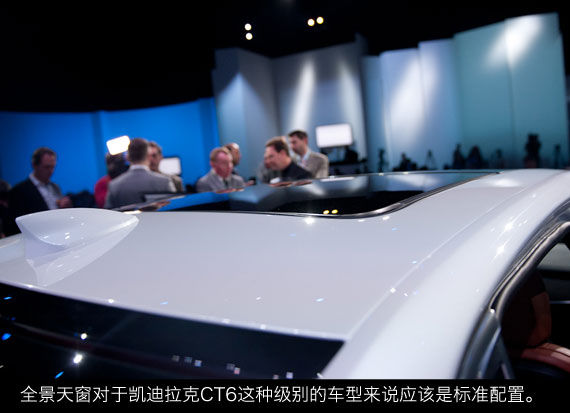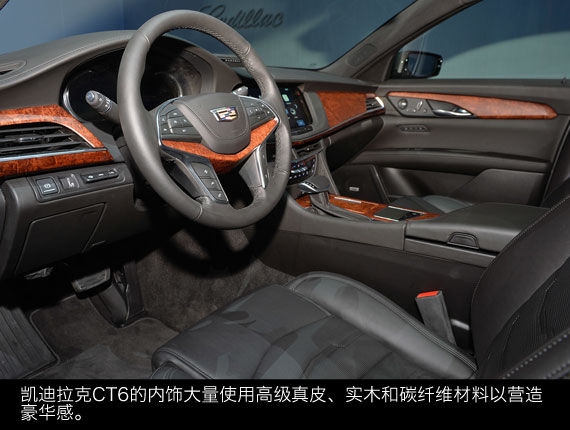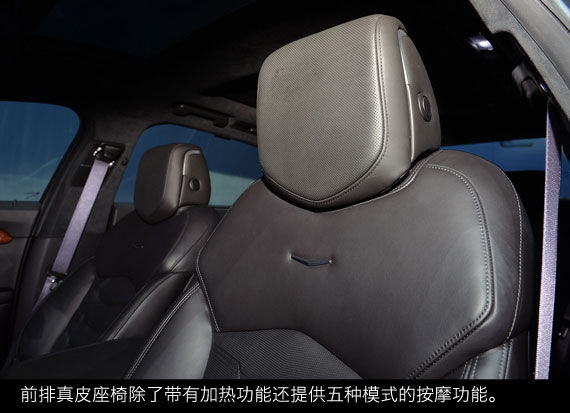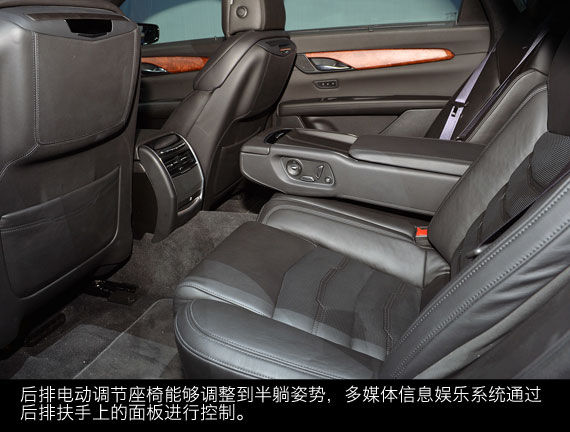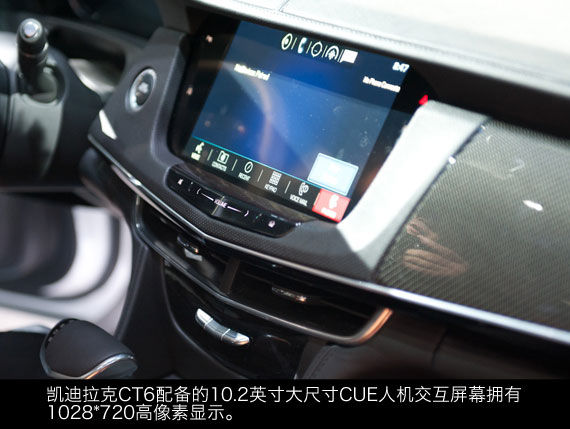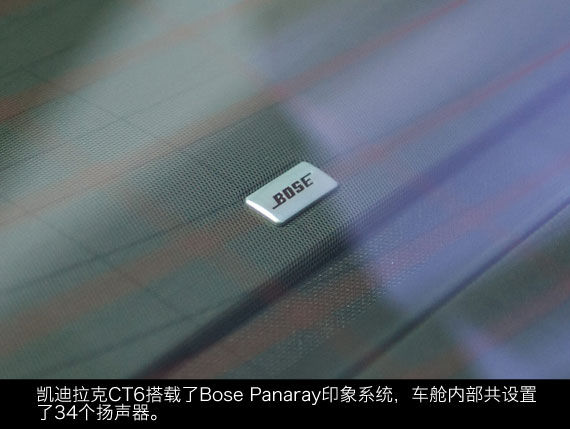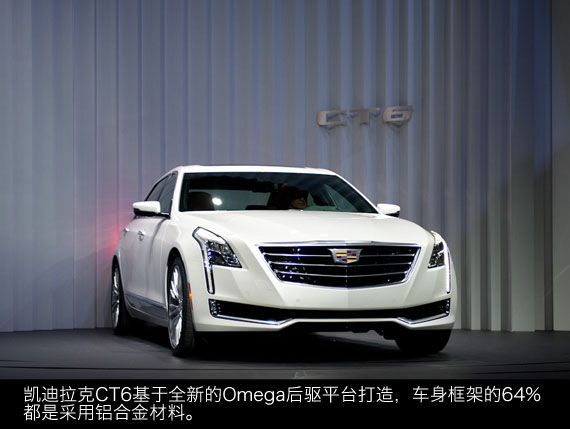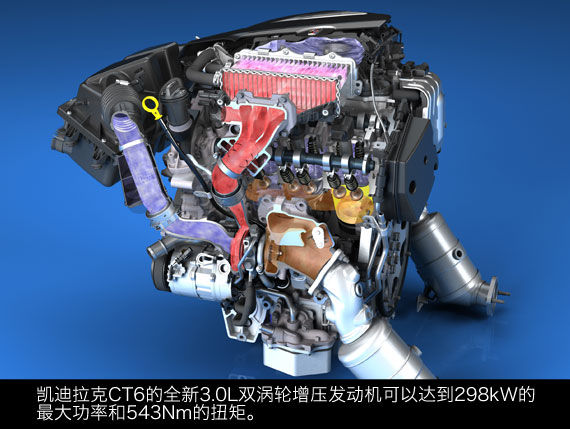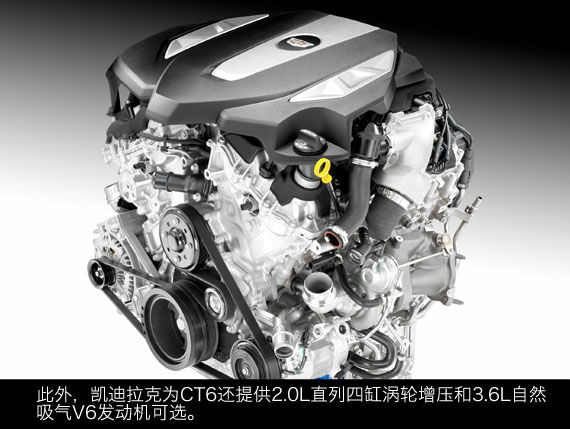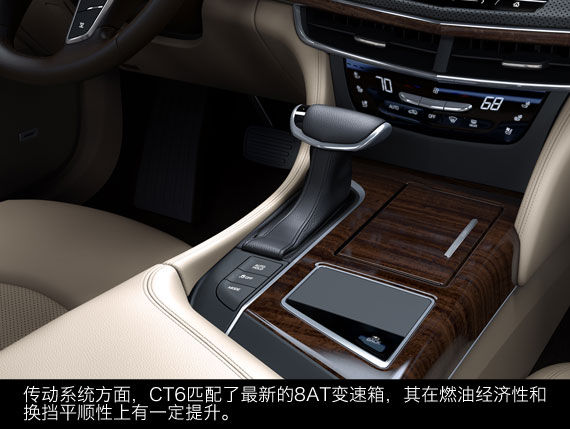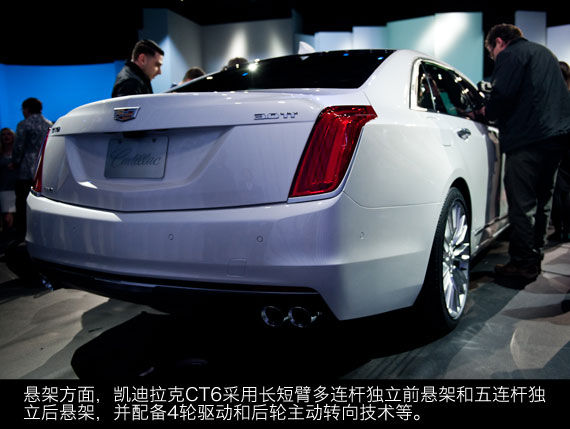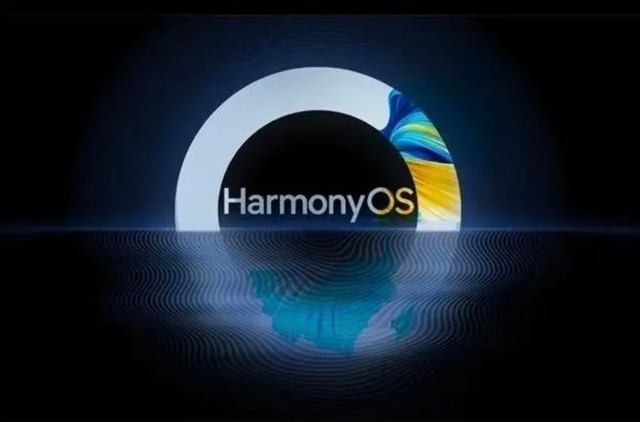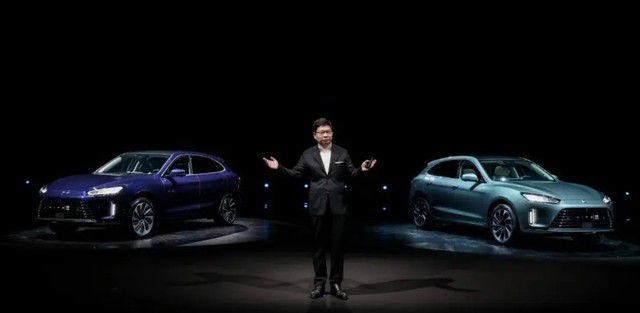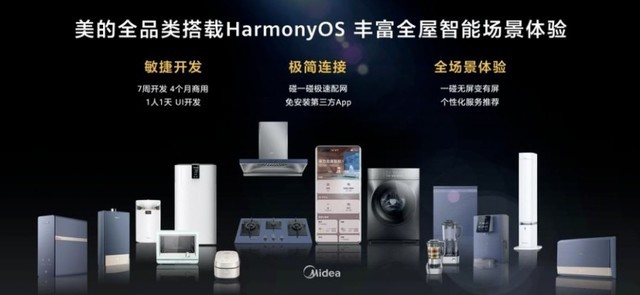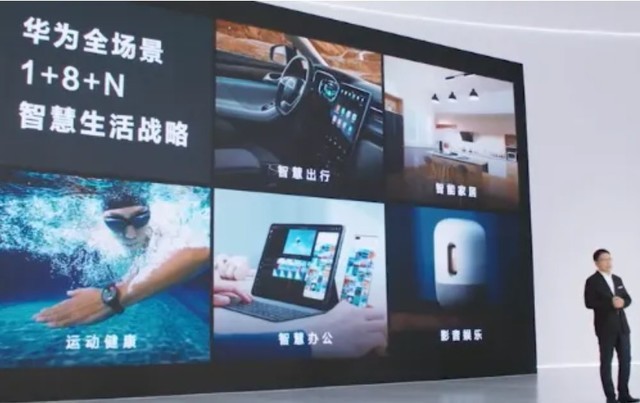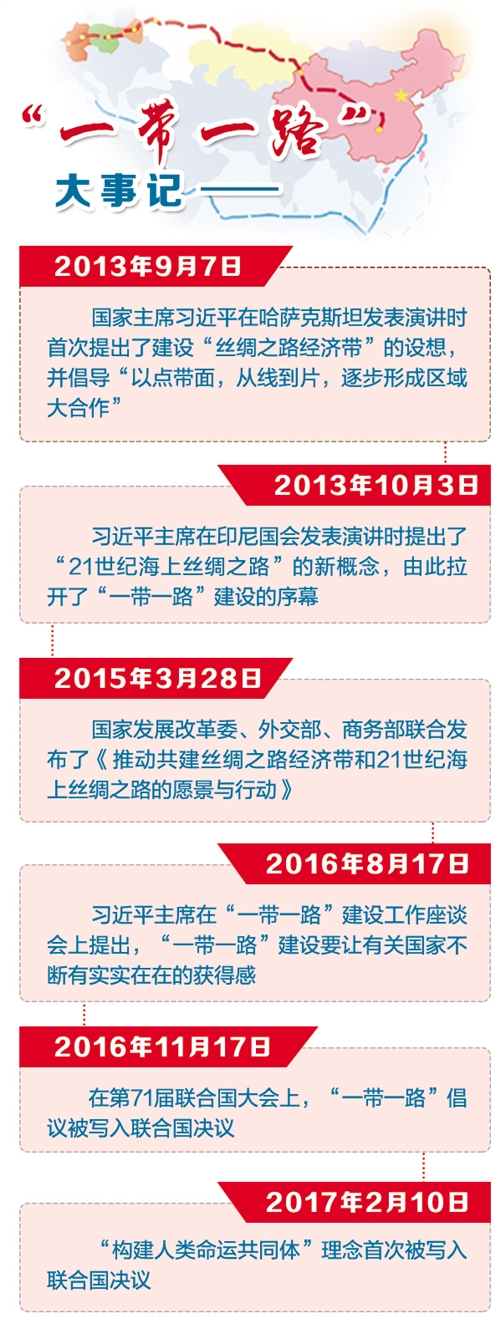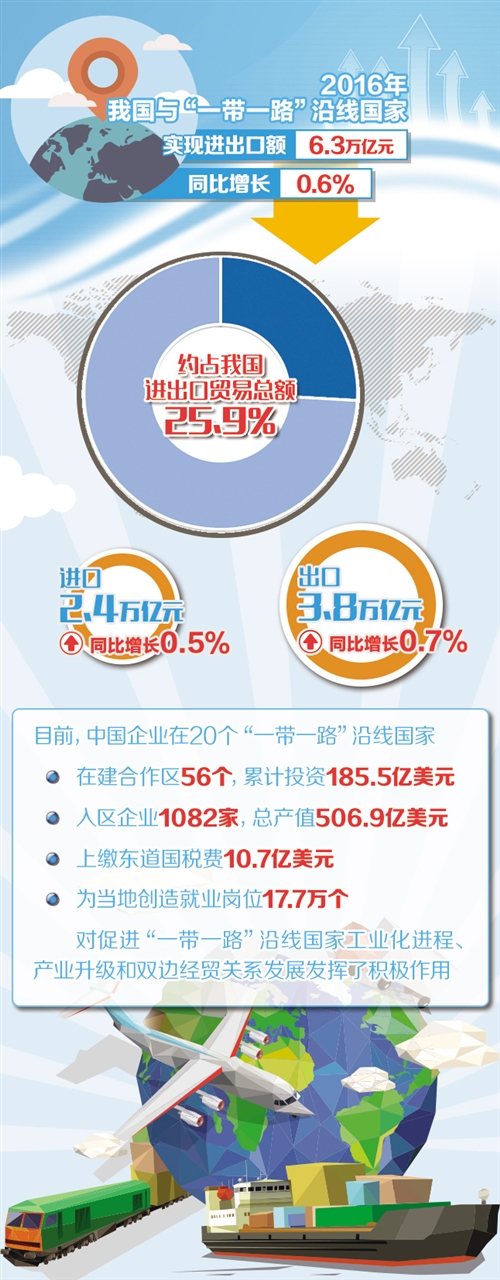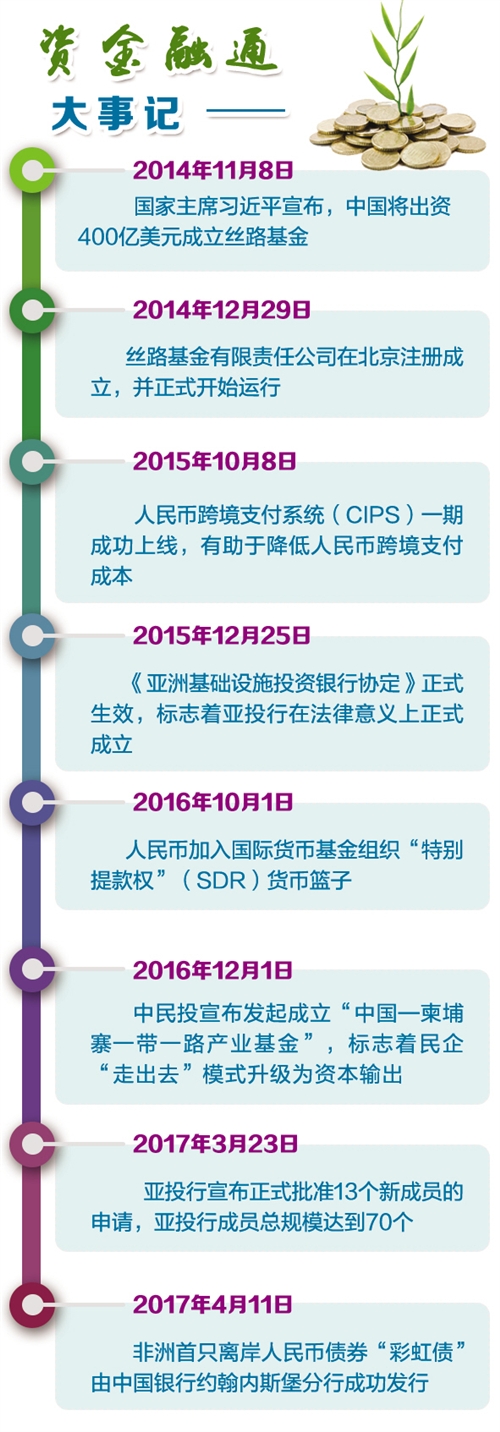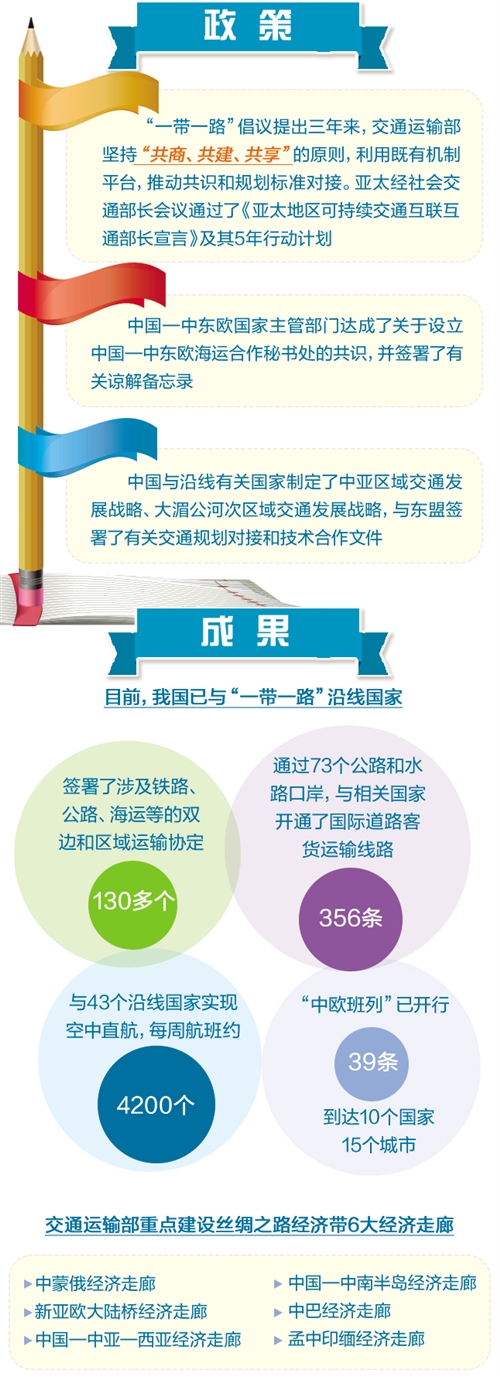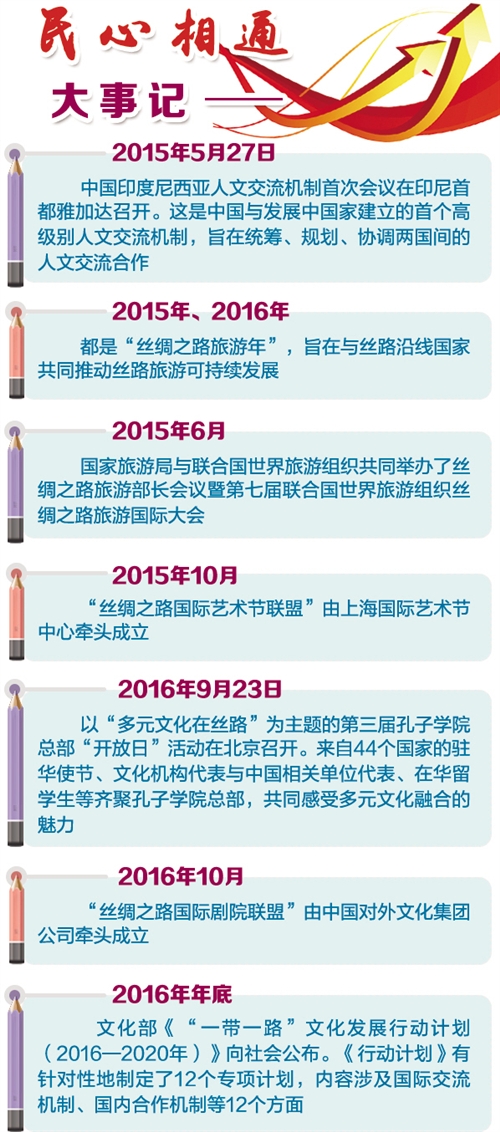If you had been to the Guangzhou Auto Show 10 years ago, you might have been impressed by the massive Beijing Hyundai Sonata advertising campaign both inside and outside the venue.
In 2013, Beijing Hyundai was at its peak and was about to hit an annual sales volume of one million vehicles for the first time. Only a few players of new energy vehicles have launched concept models, which is difficult to support an independent electric vehicle booth.
In just the past 10 years, the situation has undergone tremendous changes. The proportion of new energy models at this year’s Guangzhou Auto Show exceeded 40%, and the most lively venue was Area D, where new car-making forces gathered.
Huawei Hongmeng Zhixing, which made its debut at the auto show, replaced BYD as the most popular booth at the show. This is Huawei’s smart car business alliance. Products on display include the new M7, the M9 and the newly released S7.
Interface News noticed that at the Hongmeng Zhixing booth, there were exhibitors who came to observe and learn in front of almost every exhibition car. A group of exhibitors from Korean auto companies also prepared a stack of materials to carefully study the headlights of the new M7. Mercedes-Benz exhibitors were also studying the product details of the industry. They also went to the Avita booth to learn about the latest release of the Avita 12.
Also visiting and learning were car company bosses. He Xiaopeng, CEO of XPeng Motors, went to the Li Auto booth to visit the competing model Ideal MEGA, and went to the Jiyue booth to discuss pure visual intelligent driving solutions with CEO Xia Yiping; Duan Jianjun, President and CEO of Beijing Mercedes-Benz Sales Company, went to the booth of old rival BMW and personally tried the BMW 5 Series and i5.
Interface News also met Stefan Sielaff, the head of design at the NIO booth. He told Interface News that NIO has done a good job in design to develop the brand, but Krypton can also do better.
Few people realise that it is time for a new generation of the Beizheng Sonata, with the 11th generation making its low-key domestic debut at the Guangzhou auto show. The same batch of replacement gasoline vehicles include the Mercedes-Benz E-Class, BMW 5 Series and Toyota Camry. These are the classic models of their respective companies that have been selling well in the Chinese auto market for decades.
In order to meet the needs of domestic consumers and catch up with the speed of electrification transformation, these new generation models have simultaneously launched new energy versions and placed them at booth C.
The development speed of China’s new energy vehicles has made joint venture brands uneasy. In the first half of this year, the market share of independent brand passenger cars exceeded 50% for the first time in the half year. The latest data in October shows that the penetration rate of independent brand new energy vehicles is 51%, while the penetration rate of mainstream joint venture brands is only 6.4%.
Sean Green, the newly appointed head of BMW’s Greater China division, made his debut at the Guangzhou auto show in a new capacity, using the idiom "BMW Fragrant Car" throughout the Chinese-language new car launch to demonstrate his closeness and emphasis on the Chinese market.
At the press conference, Duan Jianjun rarely emphasized the achievements of Mercedes-Benz in China’s luxury car market this year, and perhaps also felt the pressure of China’s own brands to break through.
The Japanese joint venture brand adjustment moves more. After the introduction of a number of new energy vehicle products in succession was not well received, the joint venture company is re-establishing its own brand, launching an independent new energy vehicle brand, and handing over the leadership of new energy vehicle products to the Chinese side.
After the original fuel vehicle brand of Dongfeng Nissan switched to the new energy vehicle track, it made an independent booth appearance at the Guangzhou Auto Show, in the same venue as Polaris and Wenjie. GAC Toyota launched a new new energy brand Bozhi, and the first product Bozhi 4X was launched simultaneously; Dongfeng Honda produced the first pure electric concept car of the independent new energy brand Lingxi, which is expected to be officially launched next year.
The launch of these products requires a significant investment of time and resources to truly penetrate consumers’ minds, and it is difficult to compete with domestic independent brand new energy models in the short term.
From the perspective of the distribution of media traffic on the media day, the joint venture brand venues are sparse and deserted, and the booths of new car manufacturers are crowded.
The Guangzhou Auto Show, which is at the end of the year, has always been regarded as the final work of the automobile industry and the bellwether of the automobile market in the next year. The clear reality reflected in this year’s Guangzhou Auto Show is that the competition in the new energy vehicle market will be rolled into more market segments next year. Joint ventures, independent brands and new car-making forces, and the friction between new energy vehicles and fuel vehicles will be more intense.
Li Auto’s first pure electric MPV, the Ideal MEGA, which temporarily decided to participate in the Guangzhou Auto Show, became the "top stream" of this year’s auto show. Although the interior is not yet open to the public, the unique appearance is quite eye-catching on the booth. After the morning launch, the Ideal MEGA’s booth was still full of spectators.
According to the official disclosure of Li Auto, this MPV model priced at 50 to 600,000 yuan, less than 2 hours after the opening of the reservation, the number of small orders exceeded 10,000. Previously, Li Auto said that it would become the first product to sell more than 500,000 yuan, regardless of energy and body form.
The opposite of the ideal MEGA is XPeng Motors’ first pure electric MPV XPeng X9, which is also surrounded by crowds. The pre-sale price of this model is 388,000 yuan, and the whole system comes standard with active rear wheel steering, which is a precedent for MPV tracks.
Although the ideal MEGA and Xiaopeng X9 have clearly distinguished in the price range, before the opening of the Guangzhou Auto Show, the two pure electric MPVs have already erupted in the social public opinion field over the safety and comfort of the third row of MPVs. The public opinion competition between the two sides continued to the auto show.
At the Ideal MEGA conference, Li Auto Commercial Vice President Liu Jie said that many MPVs are still using the Japanese MPV safety concept from 20 years ago, sacrificing the safety of the third row for weight reduction or space flexibility. The rear anti-collision beam is light and thin, and even the third row seat storage is placed in the deep pit of the trunk, which is basically a disaster for the safety of the vehicle.
This comment was seen by the outside world as implying that the XPeng X9 sacrificed safety for the sake of third-row space and comfort. He Xiaopeng said at the subsequent XPeng X9 press conference that the XPeng X9 is the world’s first to use an integrated aluminum die-cast MPV with front and rear, which not only ensures space but also is safer. In the 88km/h rear-end collision test, it will not invade the third-row cockpit.
"Just because you can’t do it doesn’t mean we can’t do it," said Huang Honglin, general manager of product marketing at XPeng Motors, responding to safety concerns in an exclusive media interview. According to internal expectations of XPeng Motors, the XPeng X9 will become the sales champion of pure electric MPV.
The competition of new energy vehicles has also spread to the field of pure electric cars, and the price war continues. The pre-sale price of Lantu Automobile’s first electric hybrid sedan, Lantu Chasing Light PHEV, is 266,900 yuan; the pre-sale price of JK 007, the first pure electric luxury sedan under JK, is as low as 224,900 yuan; Feifan Automobile’s newly listed Feifan F7 urban version model, the entry price is further reduced to 189,900 yuan.
Since the price war broke out at the beginning of this year, a number of car companies have set a strategy of "sales rather than profits" in order to win market share. Yang Siyao, general manager of SAIC Audi’s marketing business, said in an exclusive interview with Jiemian News that this is fundamentally a brand knockout competition. "Only by going out can you survive". This kind of price competition will not even end in the short term, or will continue until 2025.
Even BYD has to face up to the intensity of market competition. At the Guangzhou Auto Show, BYD failed to replicate the grandeur of its traffic at the Shanghai Auto Show. The main reason is that BYD has almost contracted 4.2 halls at this auto show, and its brands such as Yangwang, Equation Leopard, and Tengshi have diverted some people. On the other hand, BYD may also need to surprise consumers with more product intelligence and richness.
At the end of the year, the Guangzhou Auto Show is also the best time for car companies to sell cars vigorously and rush sales at the end of the year. Almost every car company’s booth has a live streaming host holding a mobile phone to sell cars live, and sales personnel have also entered the venue.
The car market is expected to surge by more than 20 per cent year-on-year in November as the market strengthens and car companies become more confident in their efforts to meet annual targets, the association said.
